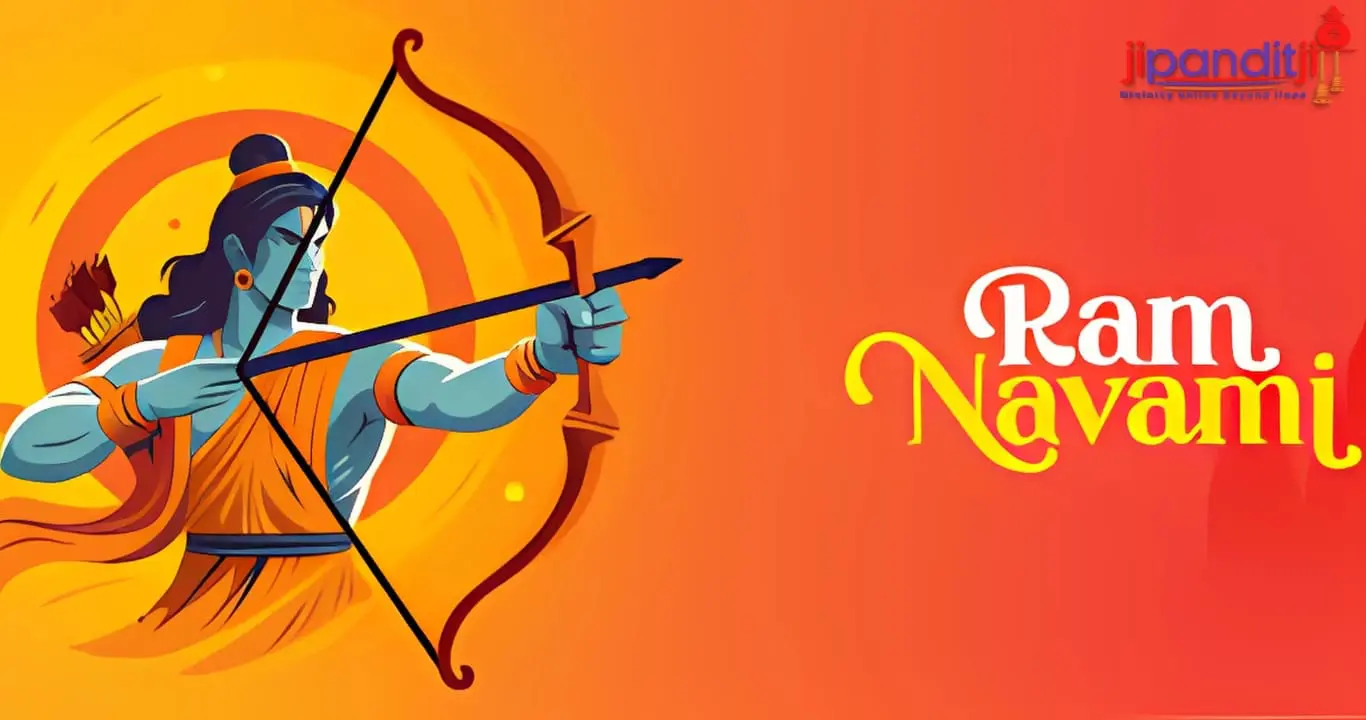Ram Navami 2025: Muhurat, Tithi, Date, and Rituals

Ram Navami 2025: Muhurat, Tithi, Date, and Rituals
Ram Navami is one of the most significant Hindu festivals, celebrated to honor the birth of Lord Rama, the seventh avatar of Lord Vishnu. Observed on the ninth day (Navami) of Chaitra month in the Hindu calendar, this festival holds immense religious importance among devotees. The occasion is marked by special prayers, rituals, and grand celebrations in temples and homes across India and beyond.
Ram Navami 2025: Date and Tithi
In 2025, Ram Navami falls on April 6. According to the Hindu Panchang, the Navami tithi (ninth day) begins at 09:30 AM on April 5, 2025, and ends at 11:50 AM on April 6, 2025. Devotees observe fasting and perform puja during the most auspicious period of the day.
Auspicious Muhurat for Ram Navami 2025
The most auspicious time to perform Ram Navami puja is during Madhyahna Muhurat, which is believed to be the time of Lord Rama’s birth. The Madhyahna muhurat for Ram Navami 2025 is expected to be from 11:10 AM to 1:40 PM on April 6, 2025.
Other Significant Muhurats:
- Brahma Muhurat: 4:30 AM – 5:15 AM (Ideal for chanting and meditation)
- Abhijit Muhurat: 12:00 PM – 12:50 PM (Considered highly auspicious)
- Chaitra Navratri Parana Time: After 11:50 AM (For those observing Navratri fasting)
Significance of Ram Navami
Ram Navami is not just a festival but a spiritual occasion that signifies righteousness (dharma), devotion, and the triumph of good over evil. Lord Rama, known for his virtue and exemplary life, is revered as Maryada Purushottam, meaning the perfect man. His story, as narrated in the epic Ramayana, continues to inspire millions worldwide.
Devotees celebrate this day to seek blessings for peace, prosperity, and protection from negative energies. Temples witness grand processions, recitations of Ramayana, and kirtans that create an atmosphere of devotion and joy.
Rituals and Traditions of Ram Navami
1. Observing a Vrat (Fasting)
Many devotees observe a fast on Ram Navami, which may be a nirjala vrat (without water) or a phalahar vrat (fruits and milk). Some keep a full-day fast and break it only after the evening aarti.
2. Ram Navami Puja Vidhi
The puja rituals are performed with devotion and include:
- Kalash Sthapana: Setting up a sacred pot (kalash) with water and mango leaves.
- Offering Flowers and Fruits: Fresh flowers, tulsi leaves, and fruits are offered to the deity.
- Reciting Vishnu Sahasranama and Ram Raksha Stotra: Chanting sacred texts dedicated to Lord Rama.
- Singing Bhajans and Aarti: Devotional songs and Ram Navami aarti are performed to invoke blessings.
3. Recitation of the Ramayana
Reading or listening to the Ramayana and Sundarkand is an essential tradition on Ram Navami. It is believed that reciting these scriptures removes obstacles and brings divine protection.
4. Organizing Processions (Shobha Yatra)
In many cities, devotees organize grand Shobha Yatras, where idols of Lord Rama, Mata Sita, Lakshmana, and Hanuman are carried in decorated chariots. These processions are accompanied by devotional songs and cultural performances.
5. Offering Charity (Daan-Punya)
Charitable acts like feeding the poor, donating clothes, and offering food and water to the needy are significant practices on Ram Navami. Many devotees also distribute panchamrit (a sacred mixture of milk, honey, curd, ghee, and sugar) as prasad.
Ram Navami Celebrations Across India
- Ayodhya (Uttar Pradesh): The birthplace of Lord Rama sees grand celebrations, with lakhs of devotees visiting temples like Ram Janmabhoomi and Hanuman Garhi.
- Rameswaram (Tamil Nadu): Devotees take a holy dip in the sacred waters of Agni Theertham and perform rituals at Ramanathaswamy Temple.
- Sitamarhi (Bihar): Believed to be the birthplace of Goddess Sita, this place witnesses special rituals and Ramayana recitations.
- Bhadrachalam (Telangana): The famous Sri Rama Temple hosts elaborate festivities and kalyanotsavam (divine wedding ceremony).
- Jagannath Puri (Odisha): The Jagannath Temple celebrates Ram Navami with grandeur and devotional fervor.

